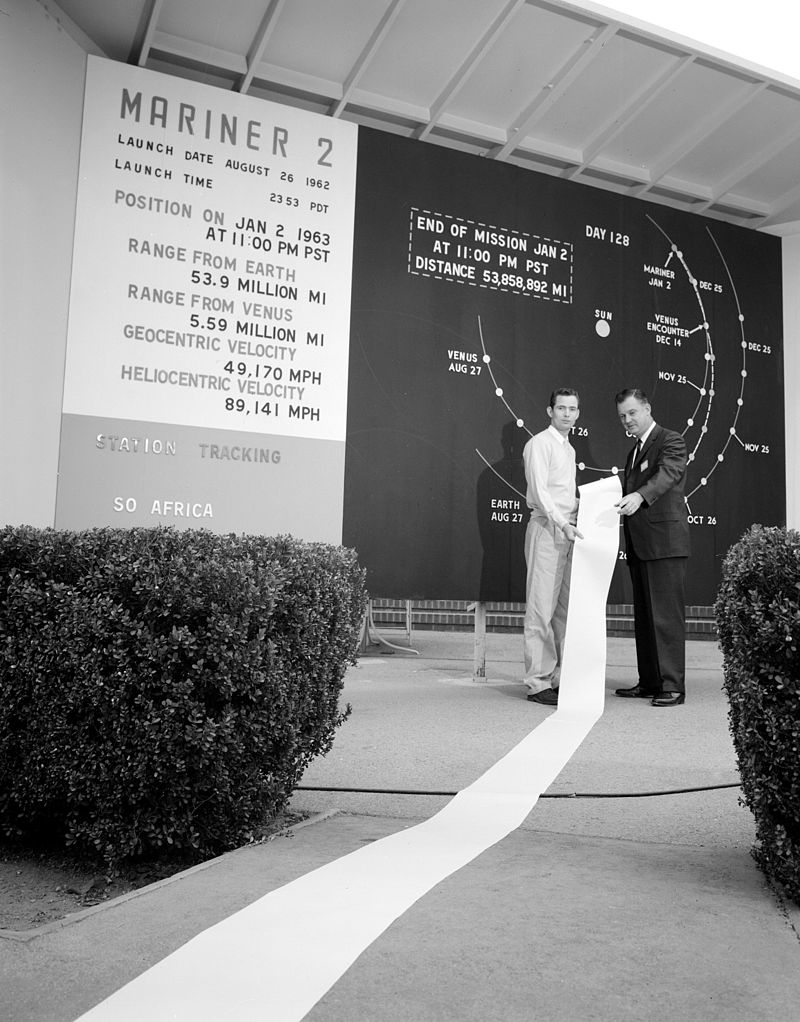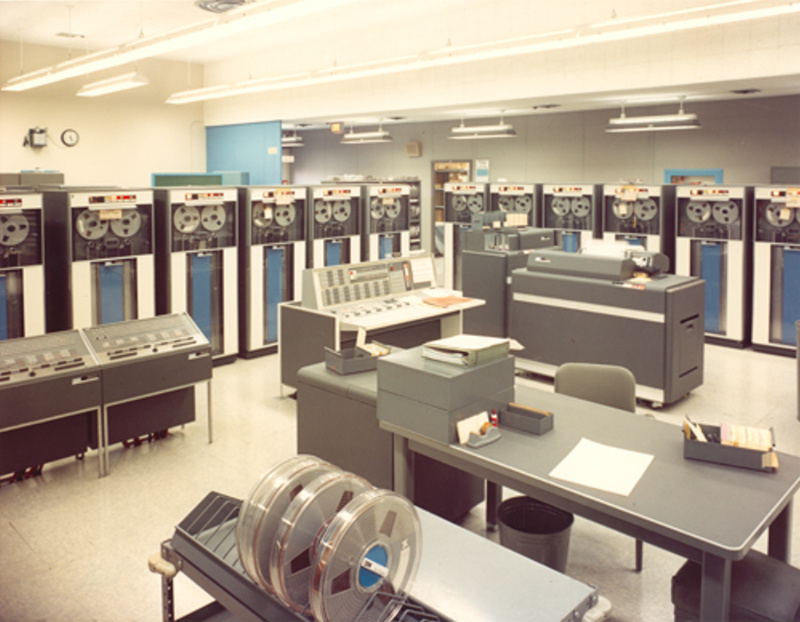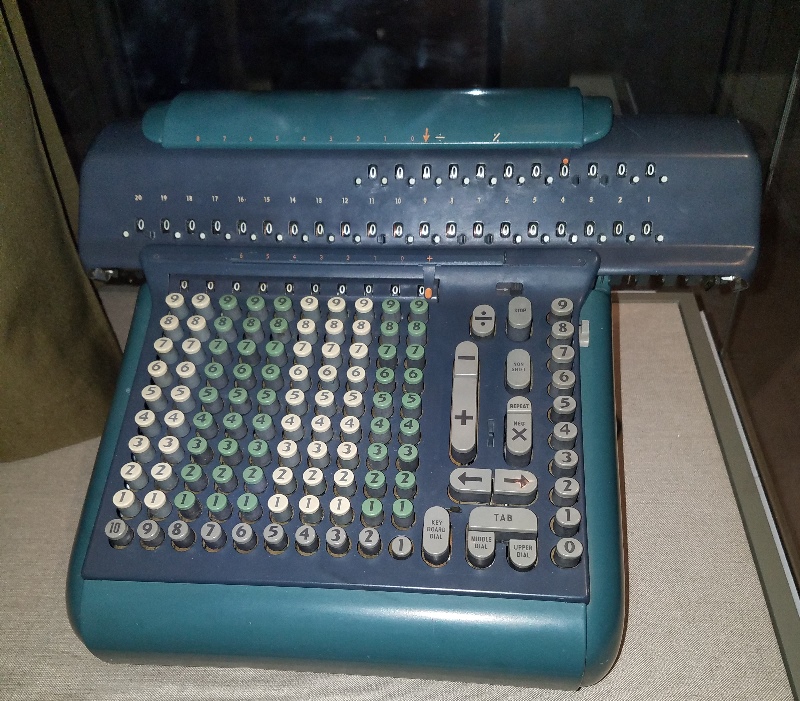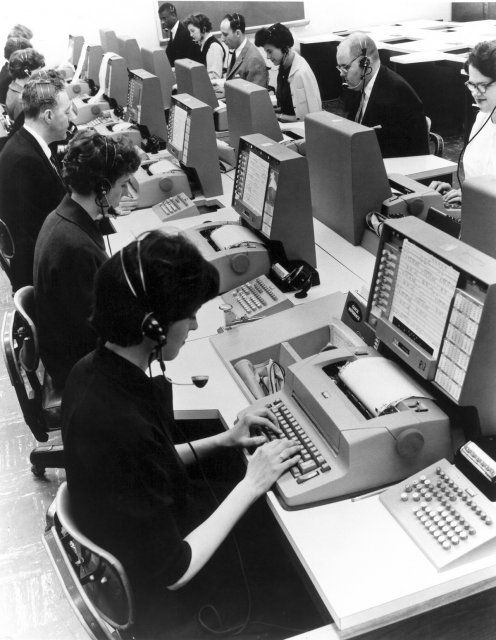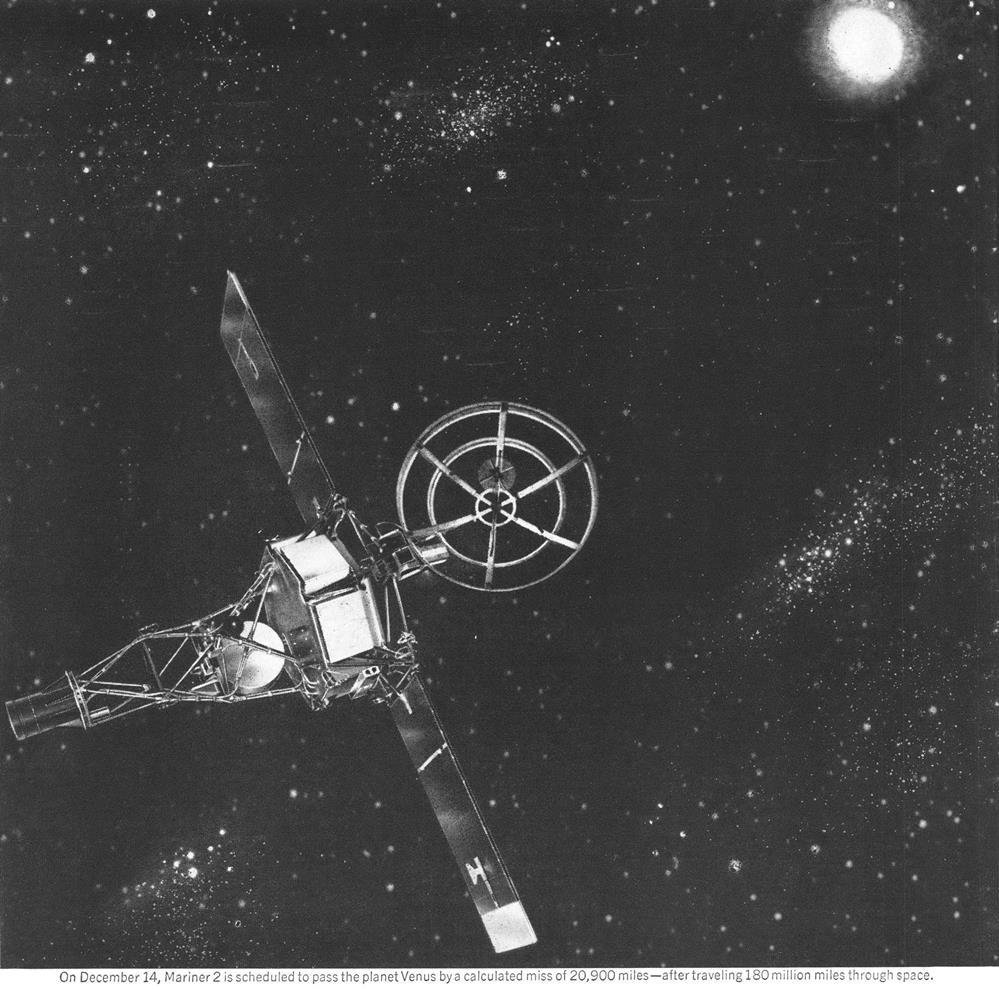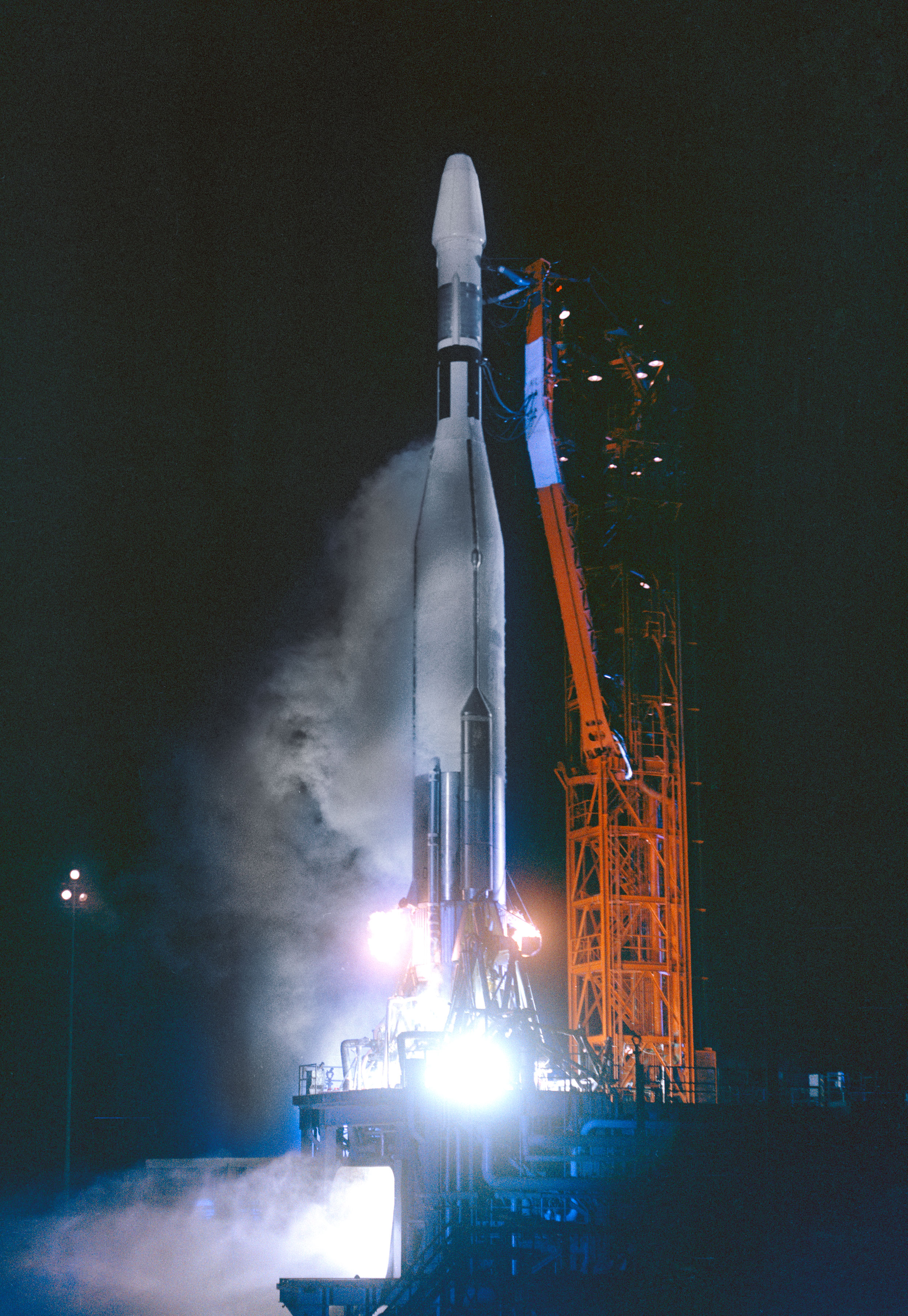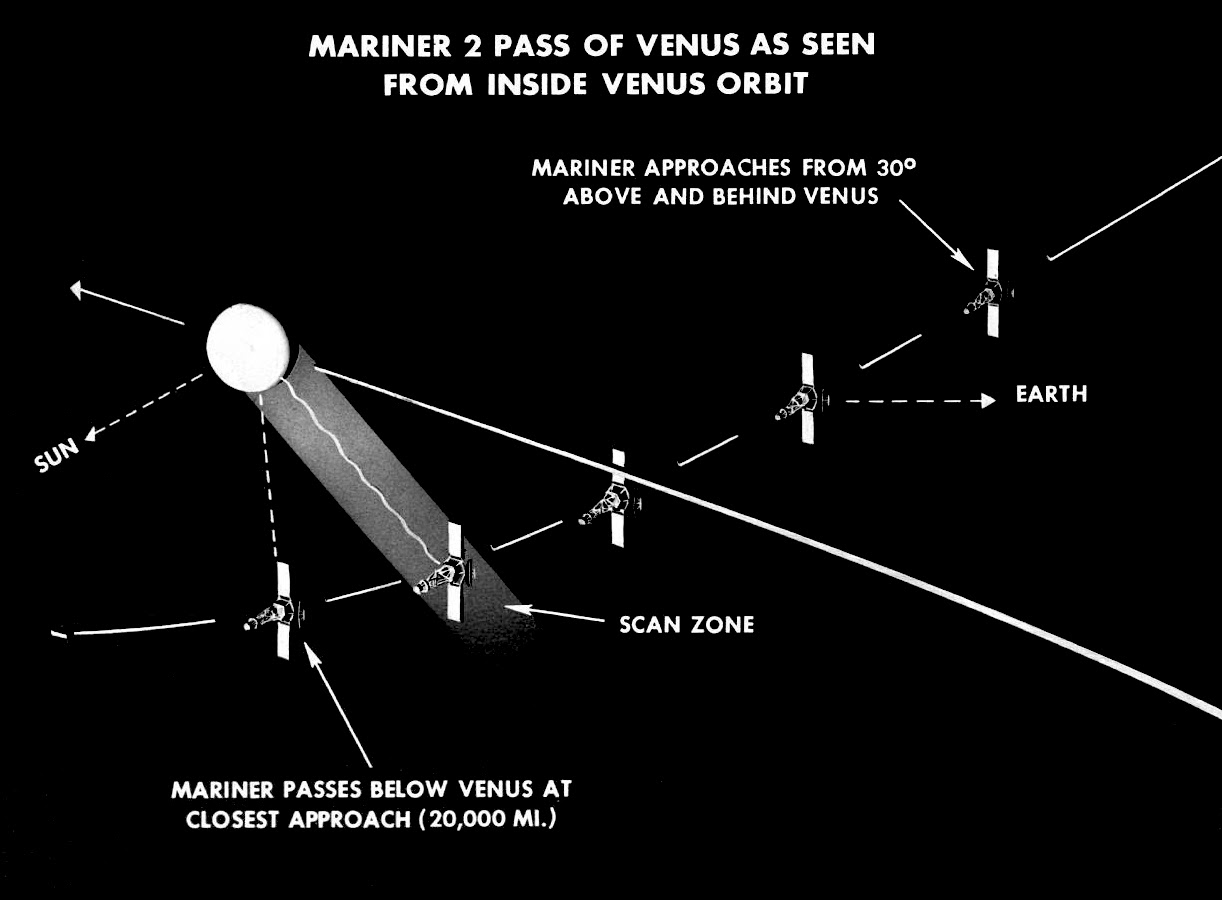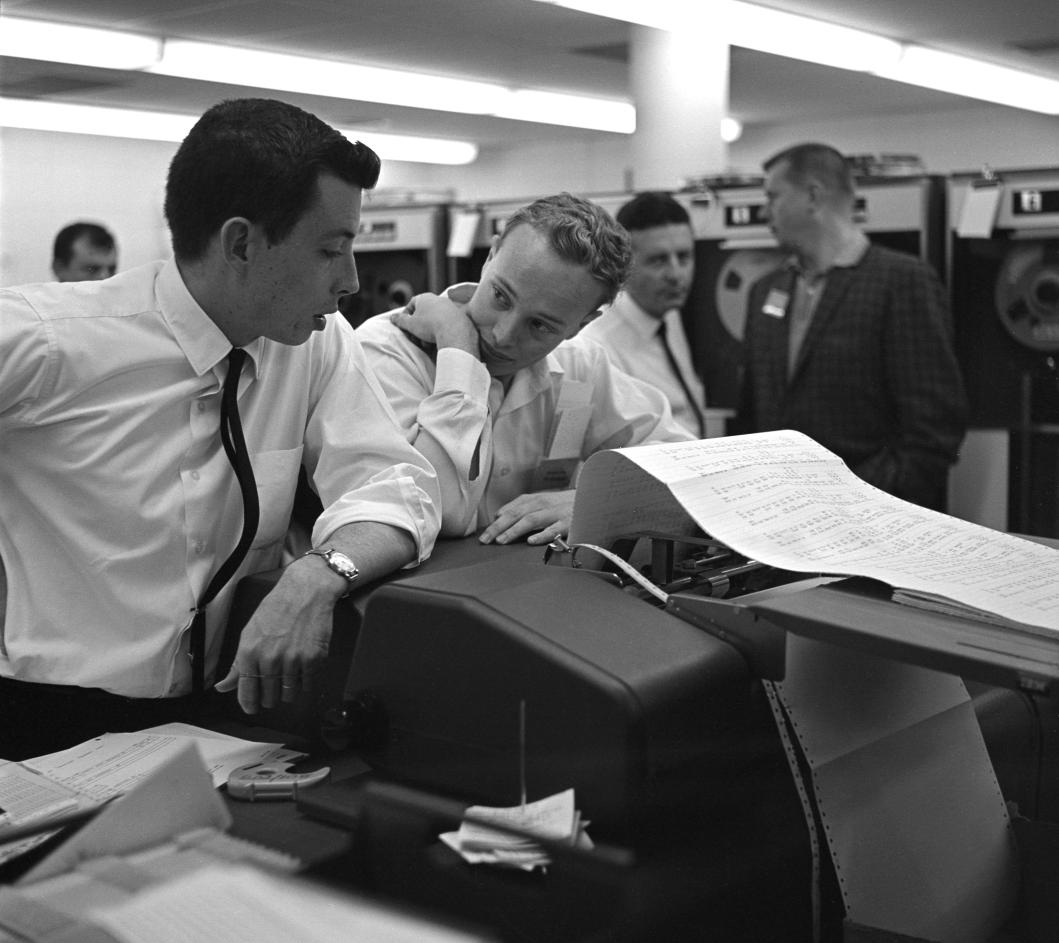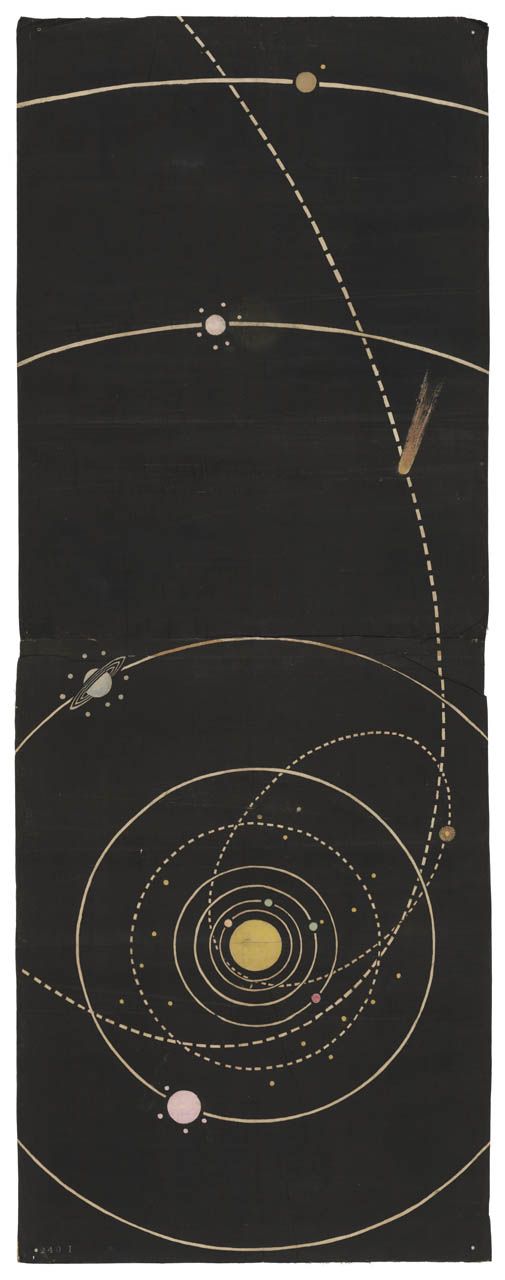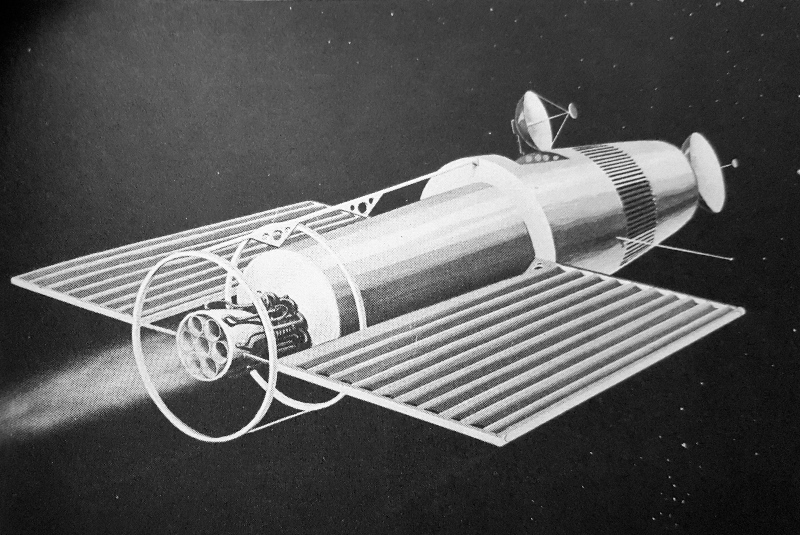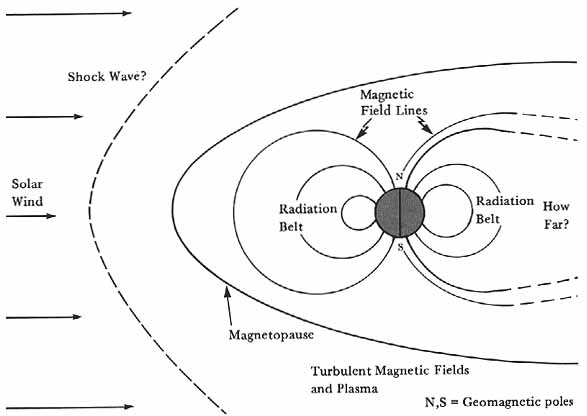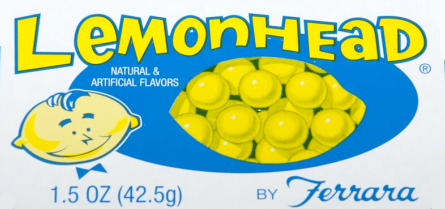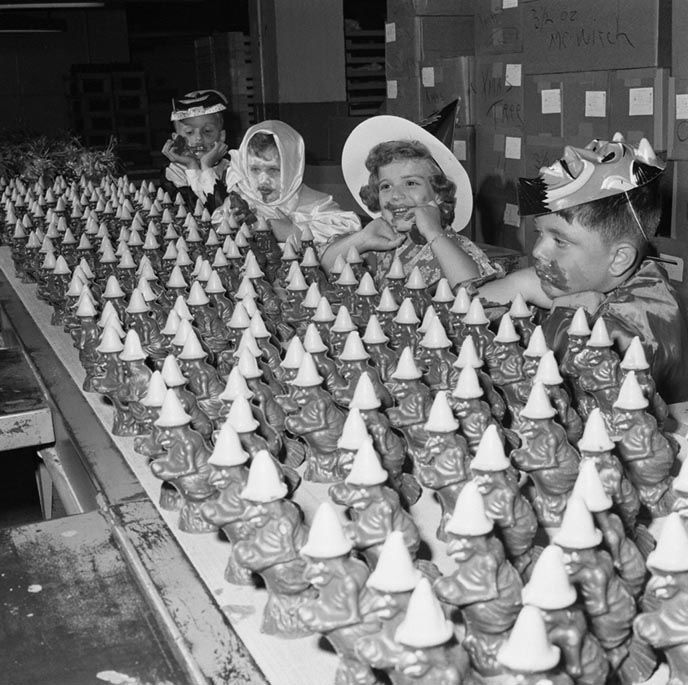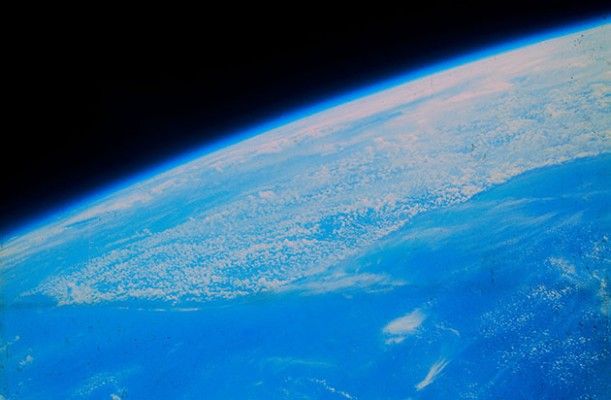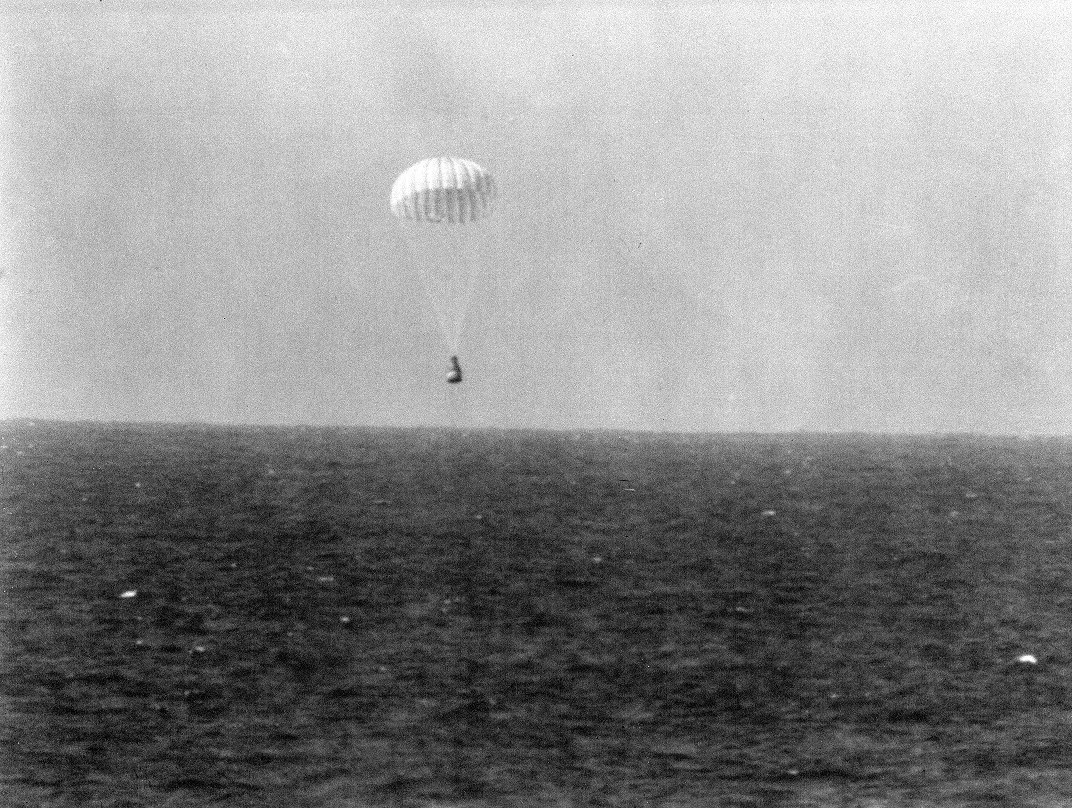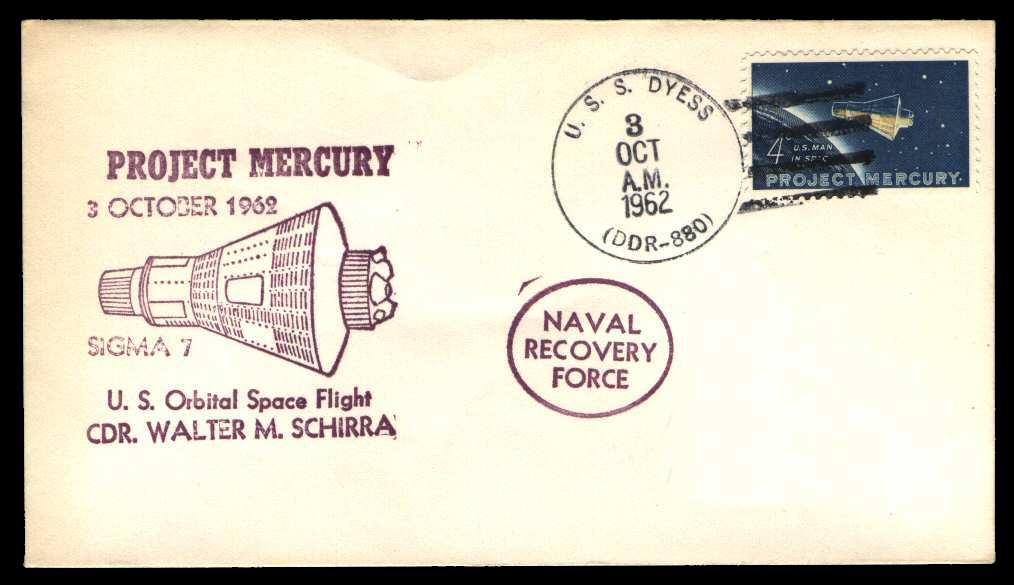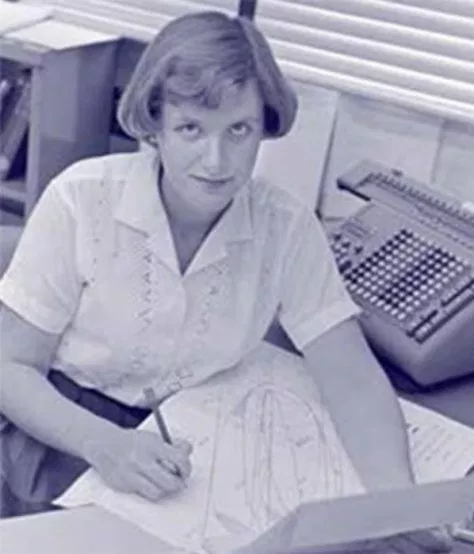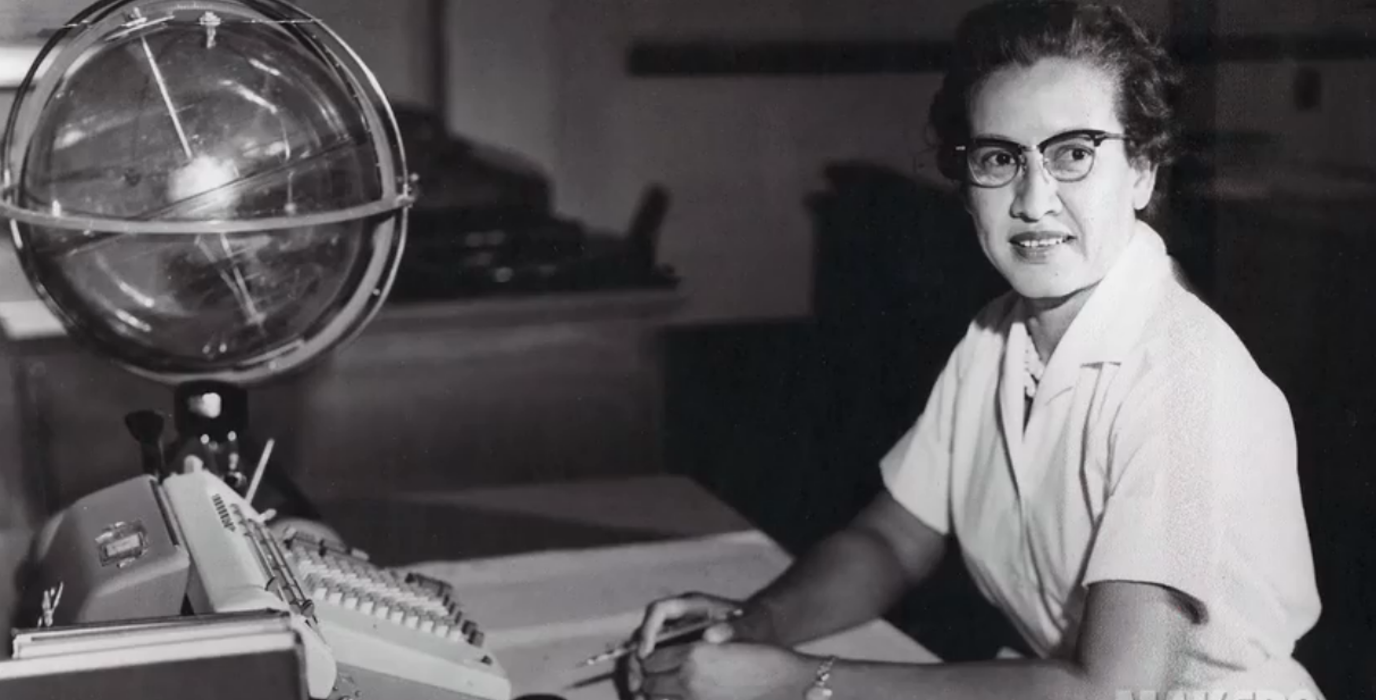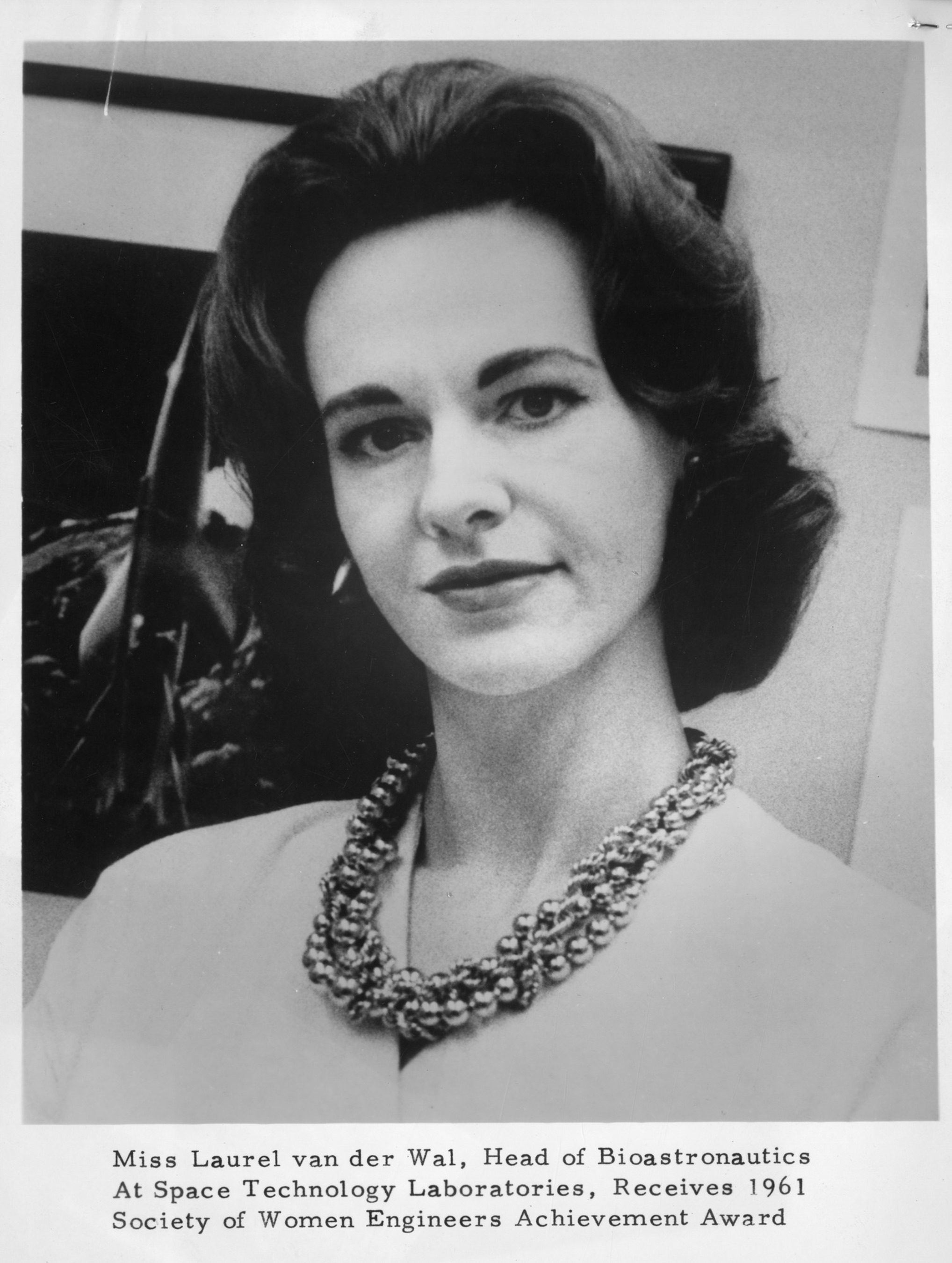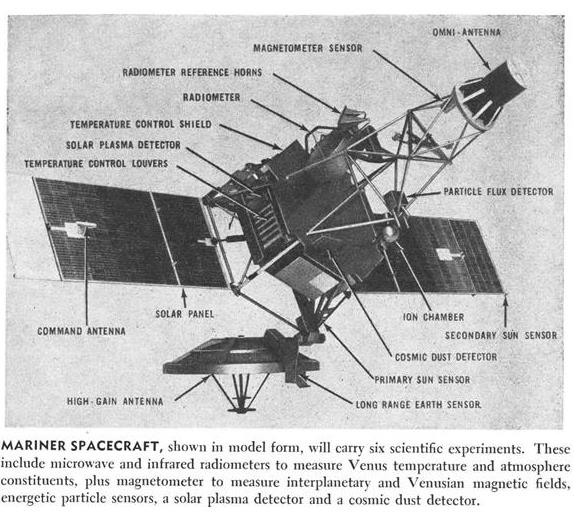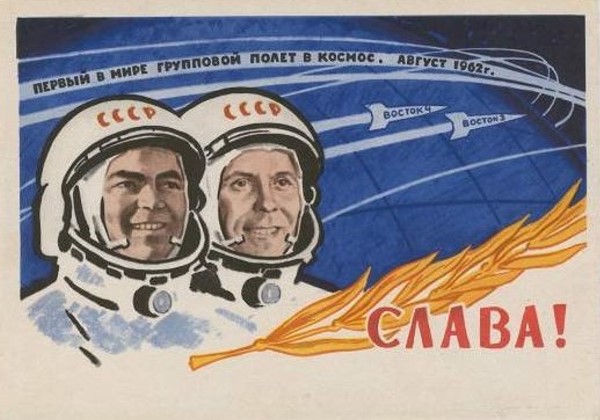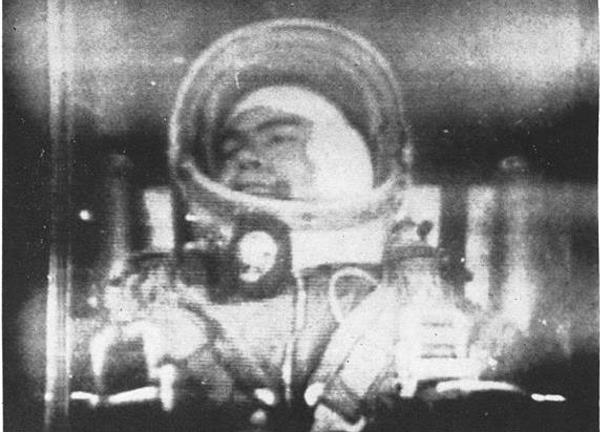[If you live in Southern California, you can see the Journey LIVE at Mysterious Galaxy Bookstore in San Diego, 2 p.m. on February 17!]

by Ida Moya
Let me take you on a little trip, one that starts in wartime and that ends with a peacetime enterprise that increasingly affects all of our lives. One that I've had the good fortune to participate in (or, at least, on the edges of). Who knows — you might end up an integral part of it, too!
I'll start with an important but little-known woman scientist, one who was not only representative of the kind of service women have provided for decades, but who was also pivotal in my development.

Charlotte Serber was the first librarian at Los Alamos Scientific Laboratory. She went to live there with her husband, Robert Serber, at the start of the secret project. Bob was a student of J. Robert Oppenheimer. Oppie, as we all called him, was the charismatic (and later tortured) leader of what we now call the Manhattan Project.
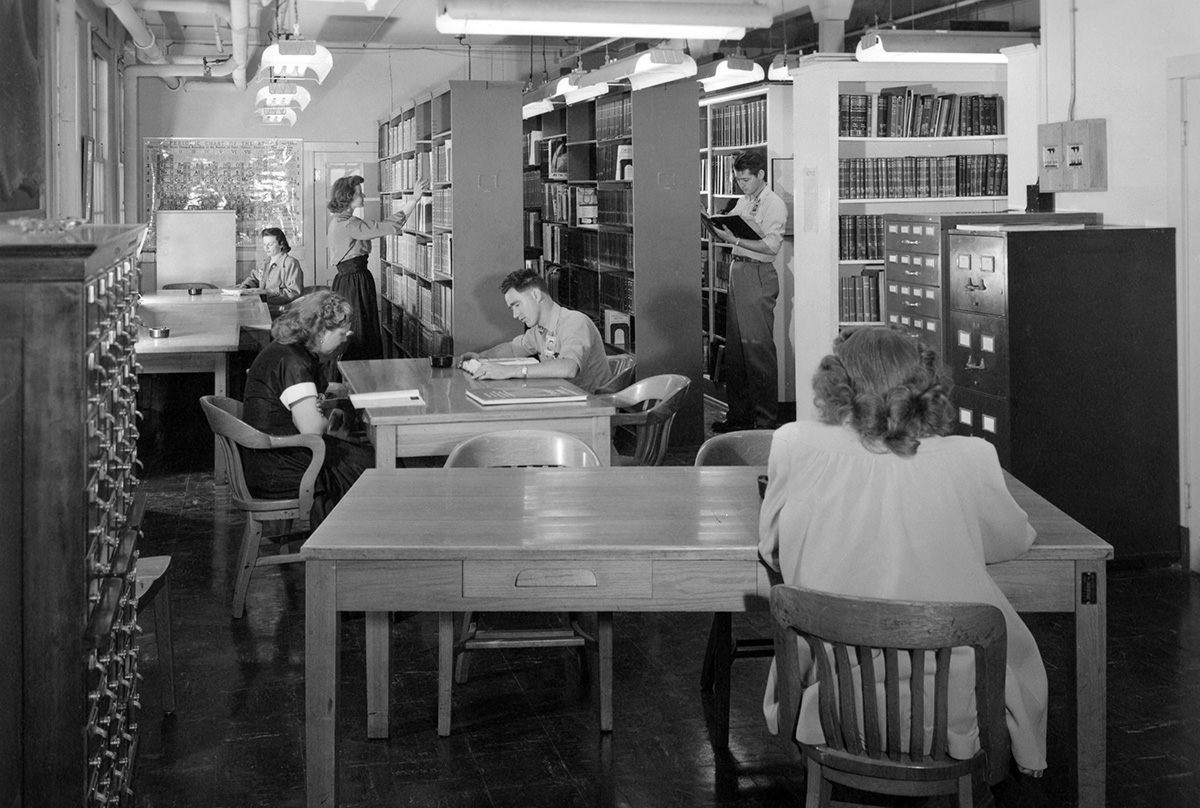
The Library at Los Alamos
I worked for Charlotte, who was the only female section leader of Project Y on The Hill. Like me, she didn’t start as a professional librarian. In fact, one of Charlotte’s first tasks was to organize the maids. Charlotte taught me a lot, and we all worked together to organize the printed materials, borrow scientific books from universities, subscribe to physics journals from all over the world, and endlessly mimeograph things. I didn’t think my hands would ever NOT be blue from that messy ink. We had the only mimeograph machine for a long time, so it seemed everybody would come by to make some copies and share the latest news.
Charlotte and Bob left Los Alamos after the bomb was dropped, but I stayed on. There were a lot of Hispanos like me on The Hill; my cousins and second cousins and of course my husband and family were living and working there too. When my husband moved us to The Hill and started working as a carpenter, they put out a call for wives who could type. That I can type and had the courage to answer that call saved me from what was seemingly my destiny on The Hill — being a maid, or at best, a store clerk. I’m grateful for Charlotte taking a chance on my younger self and letting this Hispano work more seriously on The Hill.
That was then, when computers were people or room-sized tube-packed monstrosities. The world now is crazier than science fiction dreamed back then, in the middle of which my work has situated me. In fact, my unique position enables me to do research using the resources of the Los Alamos Scientific Laboratory, our sister institution the Lawrence Livermore National Laboratory, and the libraries of our managing institution, the University of California. This puts me ahead of the curve in knowing about (and working on the computers involved with) cutting edge developments in science.
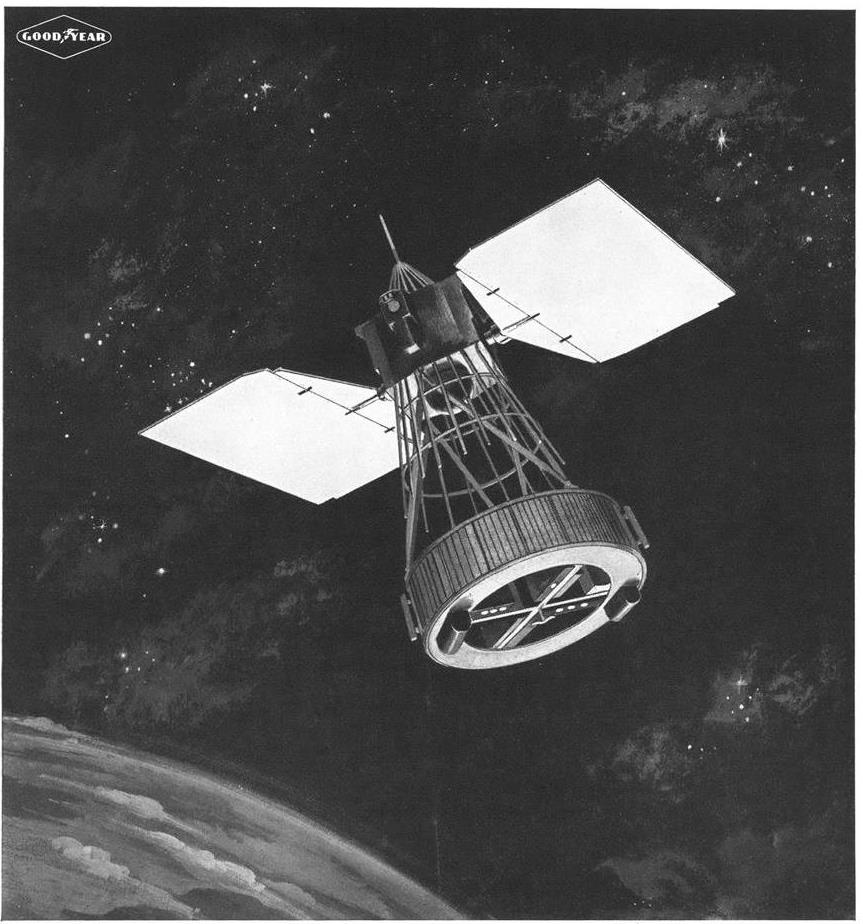
Take the weather, for example. The Traveler has recently written about the upcoming launch of the first Nimbus satellite, and the recent launches of three Tiros weather satellites. My interest piqued, I’ve lately been quizzing my colleagues in engineering about how weather prediction via satellite using computers actually works. Fair warning: I might tell you something that is classified, but I will try to keep the classified things secret.
Weather prediction via satellite does not just involve getting the object into space (a big task in itself); there is also a coordinated effort of redundant ground stations to collect the data sent from the satellites. Computers are far too huge and heavy to send into orbit, so the satellites transmit their findings to computers back on earth for further analysis. But what do these computers actually compute?
Predicting the weather has a long history, going back to Aristotle and before. In the modern age, Lewis Fry Richardson is considered the father of using computers to analyze the weather, based on his 1922 book, Weather prediction by numerical process. This book was written before transistorized or tube computers; he was thinking about men and women with electronic hand calculators like the Marchant we used before the IBM computers came to Los Alamos. One much cited quote is his thought experiment describing a “weather theatre” or “forecast factory”:
“After so much hard reasoning, may one play with fantasy? Imagine a large hall like a theatre, except that the circles and galleries go right round through the space usually occupied by the stage. The walls of this chamber are painted to form a map of the globe. The ceiling represents the north polar regions, England is in the gallery, the tropics in the upper circle, Australia on the dress circle and the Antarctic in the pit. A myriad computers are at work upon the weather of the part of the map where each sits, but each computer attends only to one equation or part of an equation.”
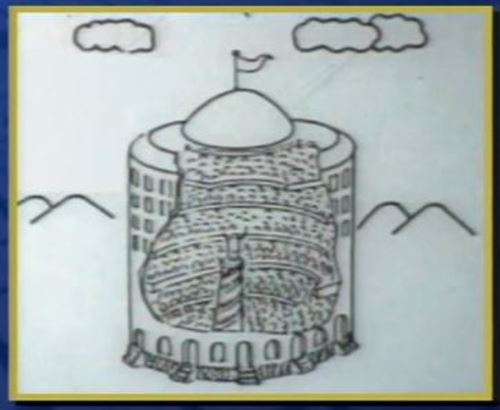
I love this little sketch; I’m not sure where it came from. It’s not in Richardson’s book, but it fits his vision. In his thought experiment, Richardson imagined 64,000 human computers, all calculating simultaneous equations for their part of the globe, their pace synchronized by the conductor in the center. Runners would go down the aisles collecting results from sectors where the conductor would shine a light, and take them to a central office to be collated. A crazy idea. Until now, when we have transistorized computers fast enough to potentially run and collate 64,000 calculations at a time.
These new computers, aside from calculating nuclear explosions (a thing we at Los Alamos are very familiar with) are being used for weather prediction. In the UK, a Ferranti Mercury computer, known as “Meteor,” was used starting January 1959 at the Met Office to do Numerical Weather Prediction. The Meteor is a vacuum tube computer. Those panels along the right are not just a fancy wall; those are the sides of the frames of the computer! Unlike the women in the bank HSBC wearing spike heels, these computer operators seem to be allowed more practical footwear.
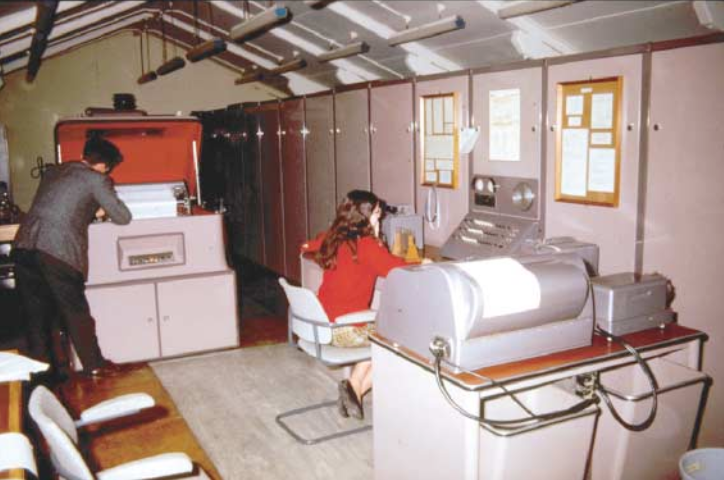
A transistorized English Electric KDF9 “Comet” is slated to replace this Mercury in another year or so. This is the same type of computer used by HSBC to perform banking operations. All of that blue and silver receding into the background of this photo is the computer. The typewriter-looking thing on the right is used to get results from the computer, while the U-shaped things are high speed paper tape readers used to feed data into the computer. Getting information in and out of these things is turning out to be a limiting factor to their speed. That punched paper tape has to be rewound by hand; a careful task that must be done properly or it will kink and break. The tape is impossible to repair it once it has broken, so there is a lot of cursing and re-punching of tapes when that happens. Also, the tape moves so fast it is like a razor blade, giving the mother of all paper cuts to the incautious.

In America, weather prediction is being done at the Joint Numerical Weather Prediction Unit (consisting of the U.S. Army, the U.S. Air Force, and the U.S. Weather Bureau. The JNWPU is on their 4th IBM computer, having already used the IBM 701 and IBM 704 (both vacuum tube computers). They then used an IBM 1401 transistorized computer with a high speed paper tape reader. The national weather service then got one of the very first IBM 7090 computers. Each of these computers was about 6 times faster than the one before.
The photographs sent from the Tiros satellites is sent in triplicate to Command and Data Acquisition stations in DC and Hawaii. There humans use physical tools, drafting tables and scales, to hand plot the movement of the clouds onto maps. These coordinates are then sent to the NASA Computing Center and the U. S. Weather Bureau, where they are then fed into the computers (using that terrible punched paper tape). The computers use complex mathematical formulas to predict the future movement of the clouds and therefore predict the weather. The output is automatically printed on wide paper by a typewriter-like thing, a Friden Flexowriter. This whole process is managed by teams of technicians, men and women. When it is ready, the printout goes to engineers who study the results.
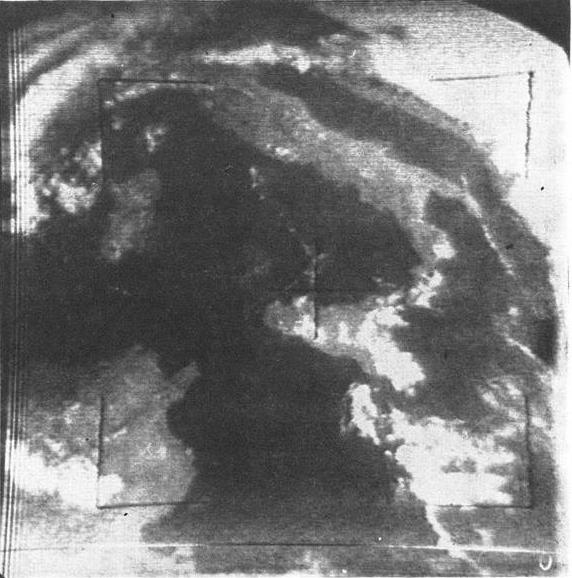
As you can see, the glory is really all on the ground. To all of you who want to be astronauts, perhaps you might think about the many people who support their flight…and aspire to be one of them instead.
[P.S. If you registered for WorldCon this year, please consider nominating Galactic Journey for the "Best Fanzine" Hugo. Your ballot should have arrived by now…]





